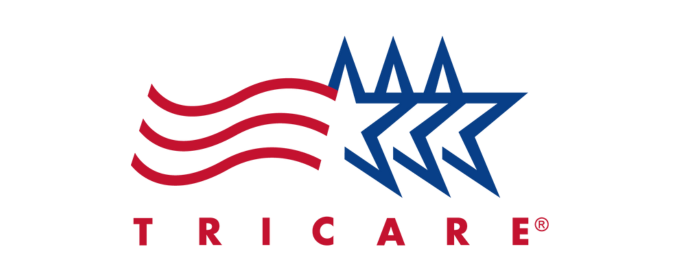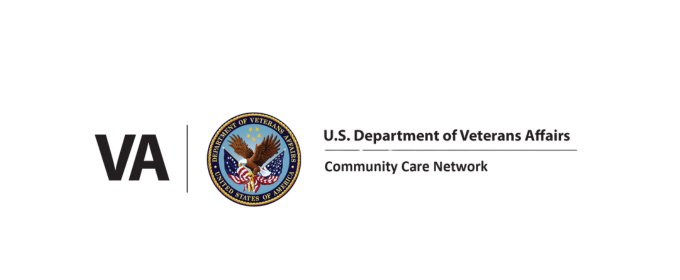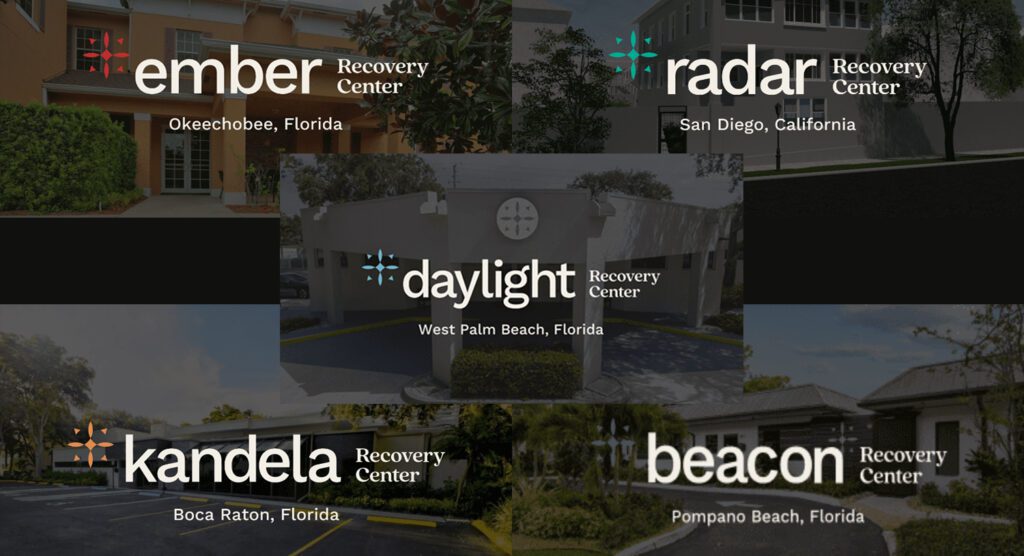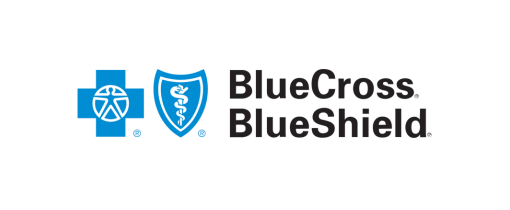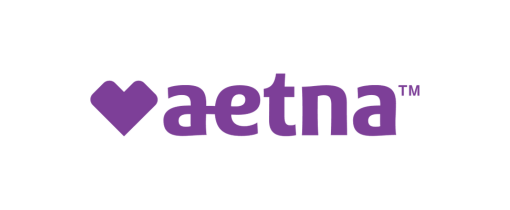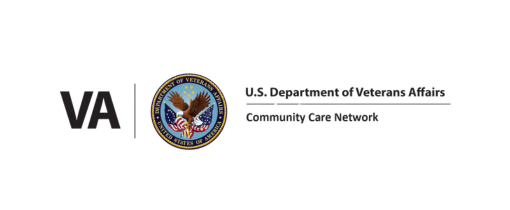About Opioid Withdrawal
Sometimes called narcotics, opioids are prescribed by doctors for severe pain from surgery or a bad injury. Codeine, hydrocodone, and oxycodone are examples of opioid medicines that help many people but can also be addictive. Sometimes they are abused and used recreationally. Illicit use of a narcotic often leads to a physical and psychological dependence on the drug over time. Prescribed opioids can lead to withdrawal symptoms if the dosage is suddenly reduced or a person stops taking them.
Opioid withdrawal happens because of the way that opioids work in the brain and body. They interact with receptors in the nervous system that regulate pain and reward. Continued use leads to tolerance, which means that larger doses of the drug are needed in order to achieve the desired effect. Over time, drug dependence develops so that withdrawal symptoms appear upon cessation of use.
Flyand Is An Opioid Withdrawal Treatment Center We Provide A Safe Opioid Withdrawal Schedule
Opioid dependence and withdrawal require professional medical intervention. With withdrawal symptoms that range in severity from mild to severe, medical detox should be undertaken in an accredited opioid withdrawal treatment facility. Flyland makes the opioid withdrawal experience as safe and comfortable as possible. Highly personalized opioid detox programs and our caring team of experienced staff members make for the best possible opioid withdrawal experience.
Opioid Withdrawal Timeline And Severity
Withdrawal symptoms are usually gone after about a week, but some psychological symptoms can persist. Depression, anxiety, and insomnia can last for months, and drug cravings can lead to relapse. Opioid withdrawal aftercare treatment is important for continued long-term success.
Early Stage
With many opioids, withdrawal symptoms can be felt just a few hours after the last dose. Initial symptoms might include frustration, anxiety, and cravings for the opioid drug.
Peak Stage
Within a day or two, depending on the specific opioid, symptoms become most intense at their peak. A rapid heartbeat, increased blood pressure, diarrhea, vomiting, insomnia, excessive sweating, flu-like symptoms, and strong drug cravings are common.
Late Stage
Within a few days, symptoms typically become less intense and, in many cases, are virtually gone within a week. Depression, anxiety, and drug cravings might persist for much longer.
The Best Opioid Withdrawal Treatment Programs
Opioid withdrawal requires medical supervision and care. The best opioid withdrawal treatment programs take a highly personalized approach and utilize proven methods that are backed by science. Outpatient care is appropriate in certain circumstances. For those who would benefit most from around-the-clock care, the best inpatient rehab facilities provide personalized opioid detox programs, medical care, therapy, integrative treatments, and other services. Flyland utilizes proven treatment methods in the most efficient and effective way possible.
Opioid Withdrawal Medications
Clonidine is sometimes used to treat opioid withdrawal at an inpatient treatment facility. Symptom-specific medications are given for anxiety, nausea, depression, diarrhea, and more. Mild symptoms can be treated with ibuprofen and Tylenol. The medication given depends on a number of factors, and that highlights the importance of medical detox under professional medical supervision. Withdrawal from opioids should not be attempted at home.
Dangers Of Opioid Withdrawal
The more severe symptoms of opioid withdrawal can have serious and potentially life-threatening consequences. Depression and thoughts of suicide are of particular concern. More seemingly mild symptoms such as diarrhea and vomiting are dangerous because they lead to dehydration which, if untreated, is life-threatening.









